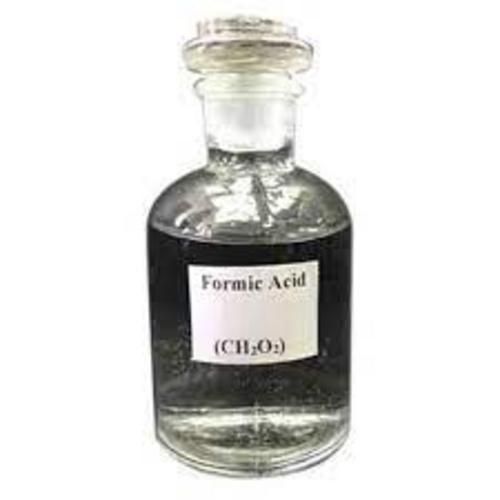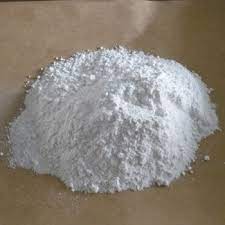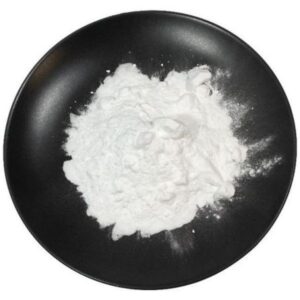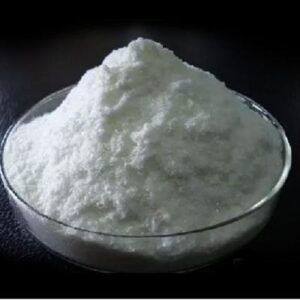Buy factory Formic Acid /CAS NO. 64-18-6 wholesale price.
Buy Formic Acid CAS-64-18-6. Buy factory Formic Acid /CAS NO. 64-18-6 wholesale price. Buy Formic Acid CAS-64-18-6. Formic acid, systematically named methanoic acid, is the simplest carboxylic acid, and has the chemical formula HCOOH. It is an important intermediate in chemical synthesis and occurs naturally, most notably in some ants. The word “formic” comes from the Latin word for ant, formica, referring to its early isolation by the distillation of ant bodies. Esters, salts and the anion derived from formic acid are called formates. Industrially, formic acid is produced from methanol. Buy Formic Acid CAS-64-18-6
Natural occurrence of Formic Acid CAS-64-18-6
In nature, formic acid is found in most ants and in stingless bees of the genus Oxytrigona. The wood ants from the genus Formica can spray formic acid on their prey or to defend the nest. The puss moth caterpillar (Cerura vinula) will spray it as well when threatened by predators. It is also found in the trichomes of stinging nettle (Urtica dioica). Formic acid is a naturally occurring component of the atmosphere primarily due to forest emissions. Buy Formic Acid CAS-64-18-6
History of Formic Acid CAS-64-18-6
Some alchemists and naturalists were aware that ant hills give off an acidic vapor as early as the 15th century. The first person to describe the isolation of this substance (by the distillation of large numbers of ants) was the English naturalist John Ray, in 1671. Ants secrete the formic acid for attack and defense purposes. Formic acid was first synthesized from hydrocyanic acid by the French chemist Joseph Gay-Lussac. In 1855, another French chemist, Marcellin Berthelot, developed a synthesis from carbon monoxide similar to the process used today.
Formic acid was long considered a chemical compound of only minor interest in the chemical industry. In the late 1960s, however, significant quantities became available as a byproduct of acetic acid production. It now finds increasing use as a preservative and antibacterial in livestock feed. Buy Formic Acid CAS-64-18-6
Properties of Formic Acid CAS-64-18-6
Cyclic dimer of formic acid; dashed green lines represent hydrogen bonds
Formic acid is a colorless liquid having a pungent, penetrating odor at room temperature, comparable to the related acetic acid. Formic acid is about ten times stronger than acetic acid. Buy Formic Acid CAS-64-18-6
It is miscible with water and most polar organic solvents, and is somewhat soluble in hydrocarbons. In hydrocarbons and in the vapor phase, it consists of hydrogen-bonded dimers rather than individual molecules. Owing to its tendency to hydrogen-bond, gaseous formic acid does not obey the ideal gas law. Solid formic acid, which can exist in either of two polymorphs, consists of an effectively endless network of hydrogen-bonded formic acid molecules. Formic acid forms a high-boiling azeotrope with water (22.4%). Liquid formic acid tends to supercool. Buy Formic Acid CAS-64-18-6
Chemical reactions Decomposition of Formic Acid CAS-64-18-6
Formic acid readily decomposes by dehydration in the presence of concentrated sulfuric acid to form carbon monoxide and water:HCO2H → + H2O + CO
Treatment of formic acid with sulfuric acid is a convenient laboratory source of CO.
In the presence of platinum, it decomposes with a release of hydrogen and carbon dioxide.HCO2H → H2 + CO2
Soluble ruthenium catalysts are also effective. Carbon monoxide free hydrogen has been generated in a very wide pressure range (1–600 bar).
Reactant of Formic Acid CAS-64-18-6
Formic acid shares most of the chemical properties of other carboxylic acids. Because of its high acidity, solutions in alcohols form esters spontaneously. Formic acid shares some of the reducing properties of aldehydes, reducing solutions of metal oxides to their respective metal.
Formic acid is a source for a formyl group for example in the formylation of methylaniline to N-methylformanilide in toluene. In synthetic organic chemistry, formic acid is often used as a source of hydride ion, as in the Eschweiler-Clarke reaction:Buy Formic Acid CAS-64-18-6
Quick Details
- ProName: technical grade formic acid 85% Pharma…
- CasNo: 64-18-6
- Molecular Formula: HCOOH
- Appearance: colorless liquid
- Application: Used to make chemical drug, rubber coa…
- DeliveryTime: Prompt shipment
- PackAge: according to customer’s request
- Port: Tianjin
- ProductionCapacity: 10 Metric Ton/Month
- Purity: 85%
- Storage: stores in a well-ventilated, cool, dry…
- Transportation: rail mail air road shipping
- LimitNum: 1 Gram






Reviews
There are no reviews yet.